Guest posts
Explore how shared language helps photographers connect, collaborate, and grow together across international borders. Sponsored
University life offers more than just books and lectures. It’s a world full of motion, emotion, and stories. A walk across campus can turn into a journey through light, color, and texture. Sponsored
Gapsy delivers comprehensive services tailored to every industry individually. Explore our offers and elevate your online presence with us! Sponsored
Pursuing a photography degree in college offers an exciting blend of technical training, creative exploration, and professional preparation for aspiring photographers. Sponsored
One of the finest periods to discover new interests is college. Busy schedules, social activities, and quiet intervals in between make photography more than simply a pastime; it is a means of viewing the world differently. Sponsored
Traveling solo offers an incredible opportunity to immerse yourself in new cultures, connect with nature, and choose your own itinerary. If you are as passionate about photography as you are about traveling, combining both allows you to showcase every sight, sound, and scene you discover from your own perspective. Sponsored
In this guide, we'll delve into essential camera settings for low light, such as increasing the ISO and utilising a wide aperture, to help you capture sharp images. Sponsored
From the earliest days of film to the digital era and into today's tool-dominated era, new creative trends emerge. The growth of photography is not only in capturing moments but also in telling stories, showing emotions, and being creative. Sponsored
In today’s visually-driven world, photography is not just a hobby or an art form—it can also be a powerful tool for academic success. Whether you're a student looking to organize your notes better or a teacher seeking creative ways to engage your class, …
Photography empowers students to explore their identities and perspectives, fostering creativity and personal growth. This article highlights how this accessible medium enriches education and develops essential life skills.
Learn how students can capture their college memories on a budget with smartphones, affordable cameras, DIY gear, and creative photography techniques.
Life can be hectic, but finding a hobby is essential for well-being. Whether it’s painting, gardening, or photography, hobbies offer relaxation and fulfillment. Explore your interests, revisit past passions, and try new activities to transform your free time into a source of joy and personal growth.
Photography is more than just capturing images; it’s a powerful tool for personal and professional growth. From fostering creativity and storytelling to building technical expertise and observational skills, photography enriches learning experiences in unique ways.
In today's digital world, creative work — a photograph, a new tech gadget design, a book, or a catchy slogan is more vulnerable than ever to theft or infringement. Understanding how to shield your creative assets legally is paramount in this era of rapid information dispersion.
AI is revolutionizing photo editing. Retouch4Me’s AI plugins offer fast, professional-grade retouching, saving time and boosting creativity. Discover how these tools can transform your workflow.
They say a picture is worth a thousand words, and in this day and age, we tend to carry millions of words on our phones. The pictures we snap allow us to capture important moments and experiences that we can easily revisit.
It can be a daunting task to shoot indoors. Many photographers who shoot indoors face challenges such as poor lighting, tinted images, and hazy outputs. Advertorial







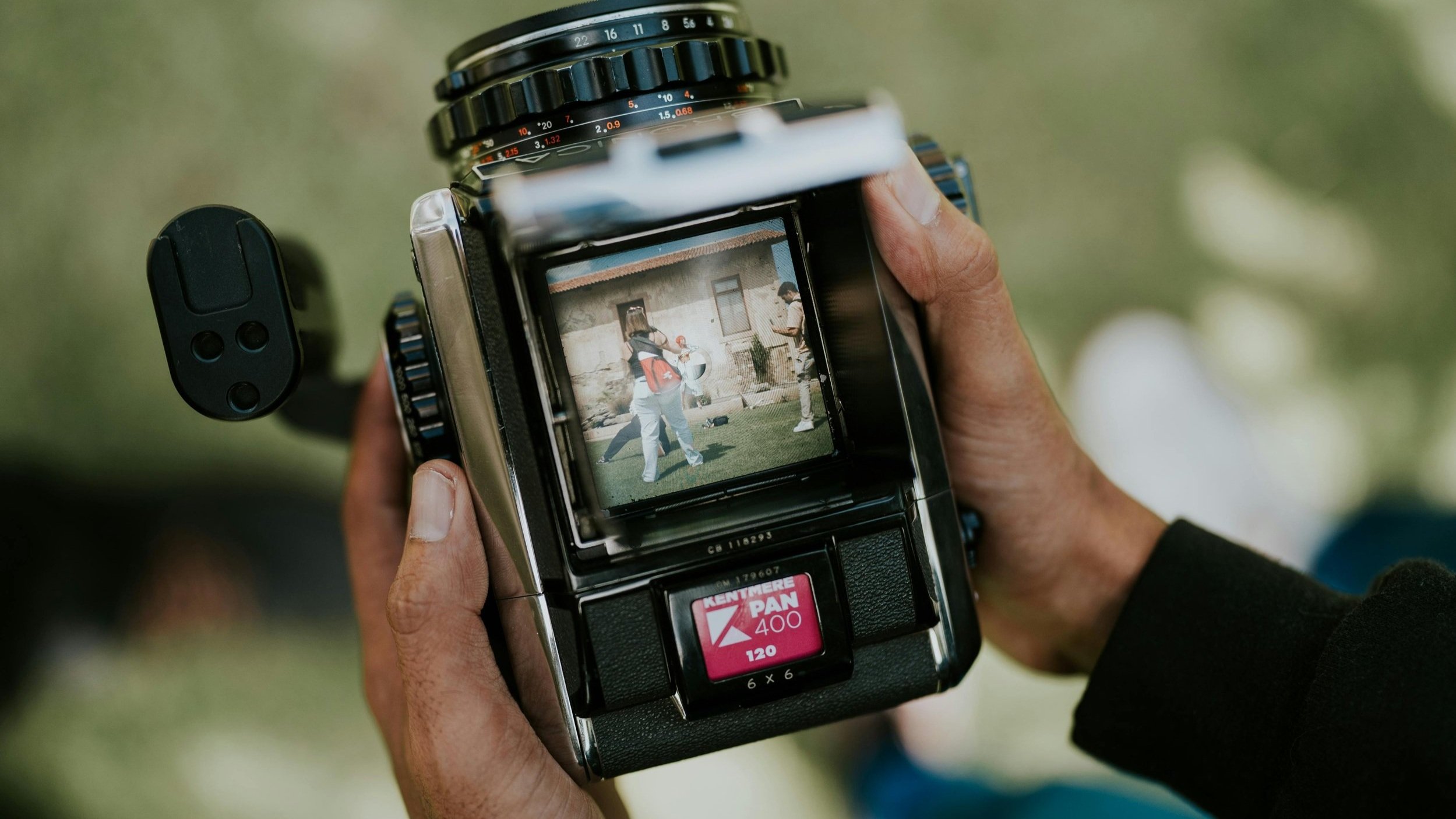

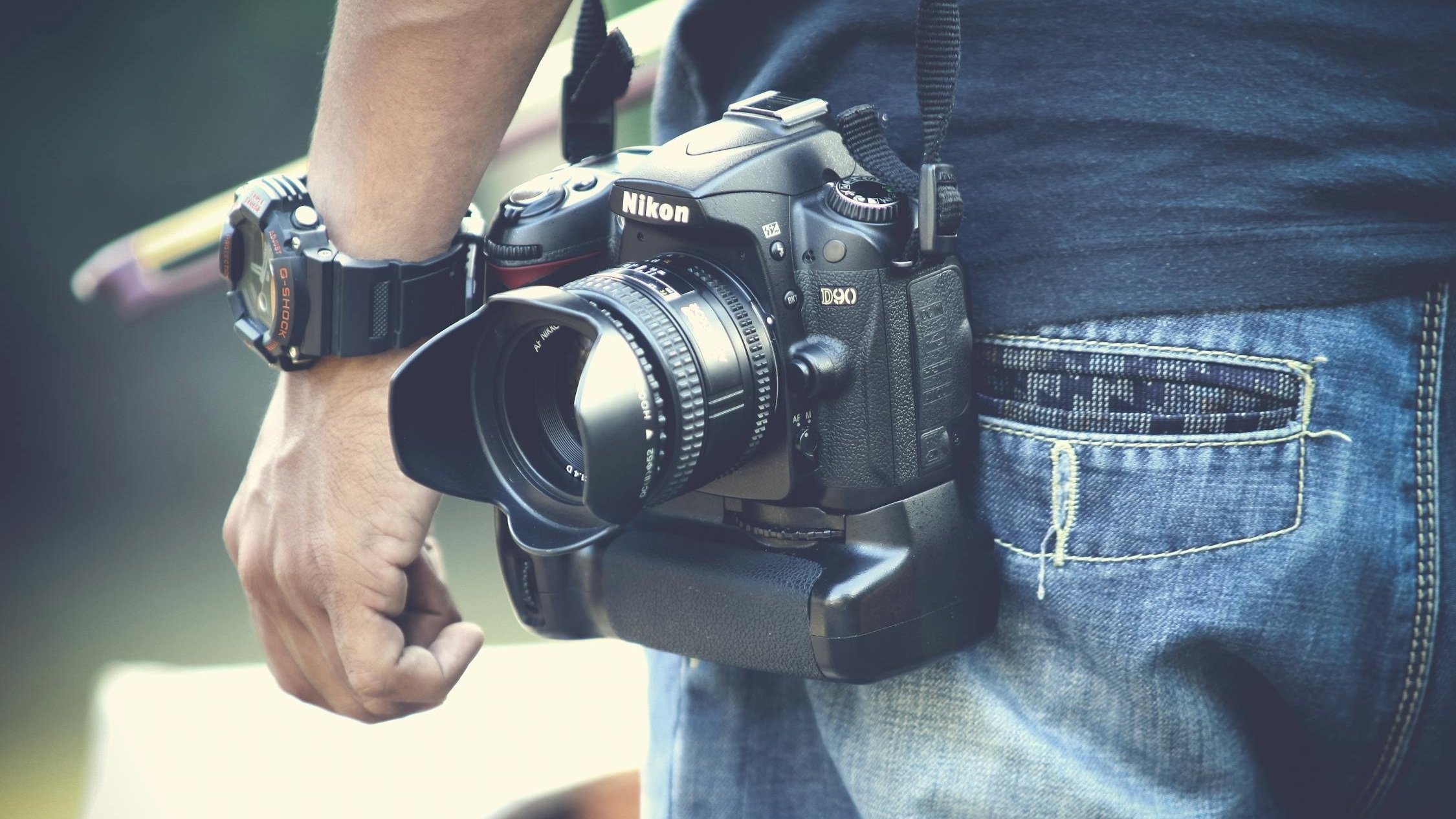
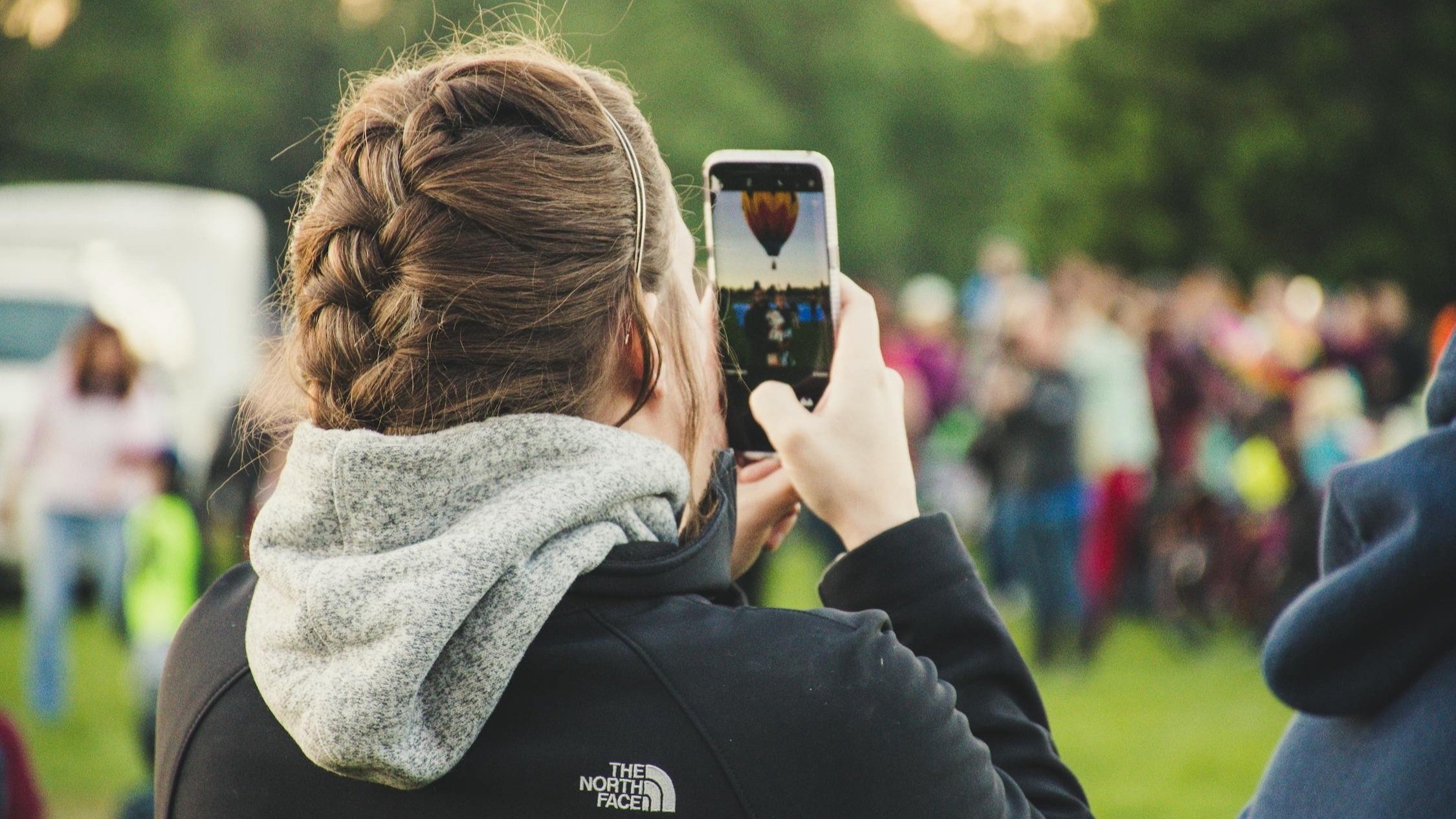
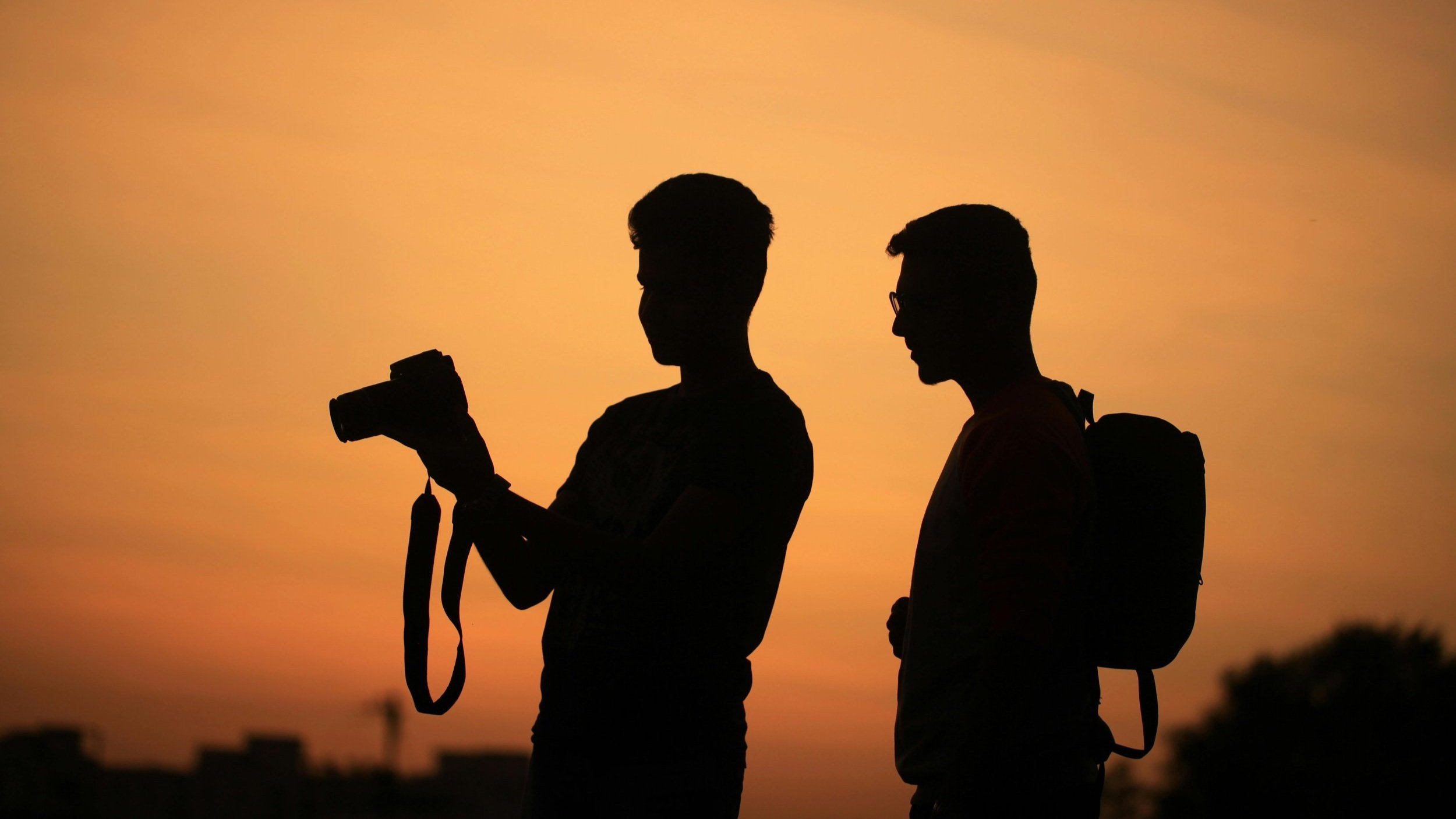
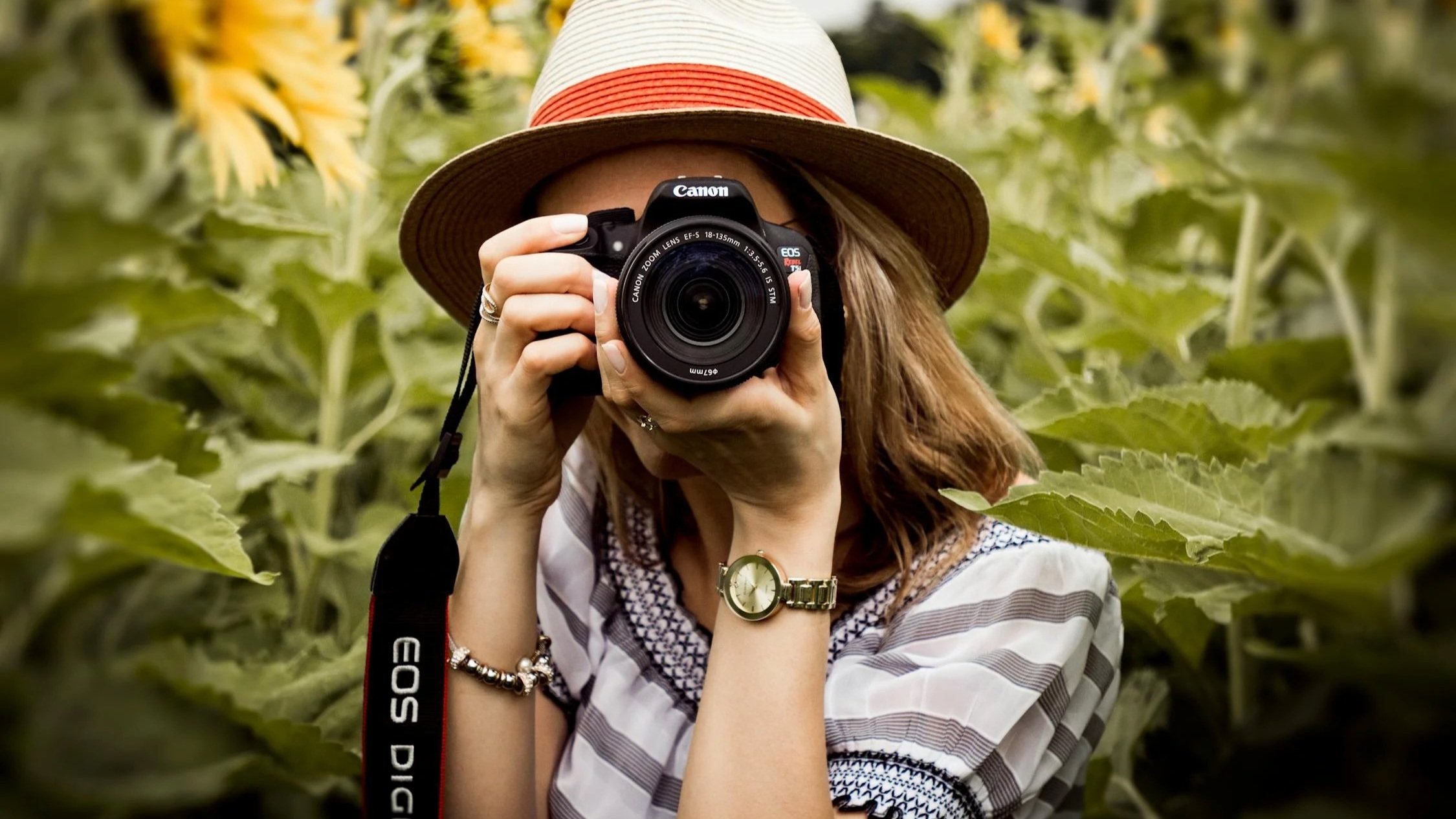
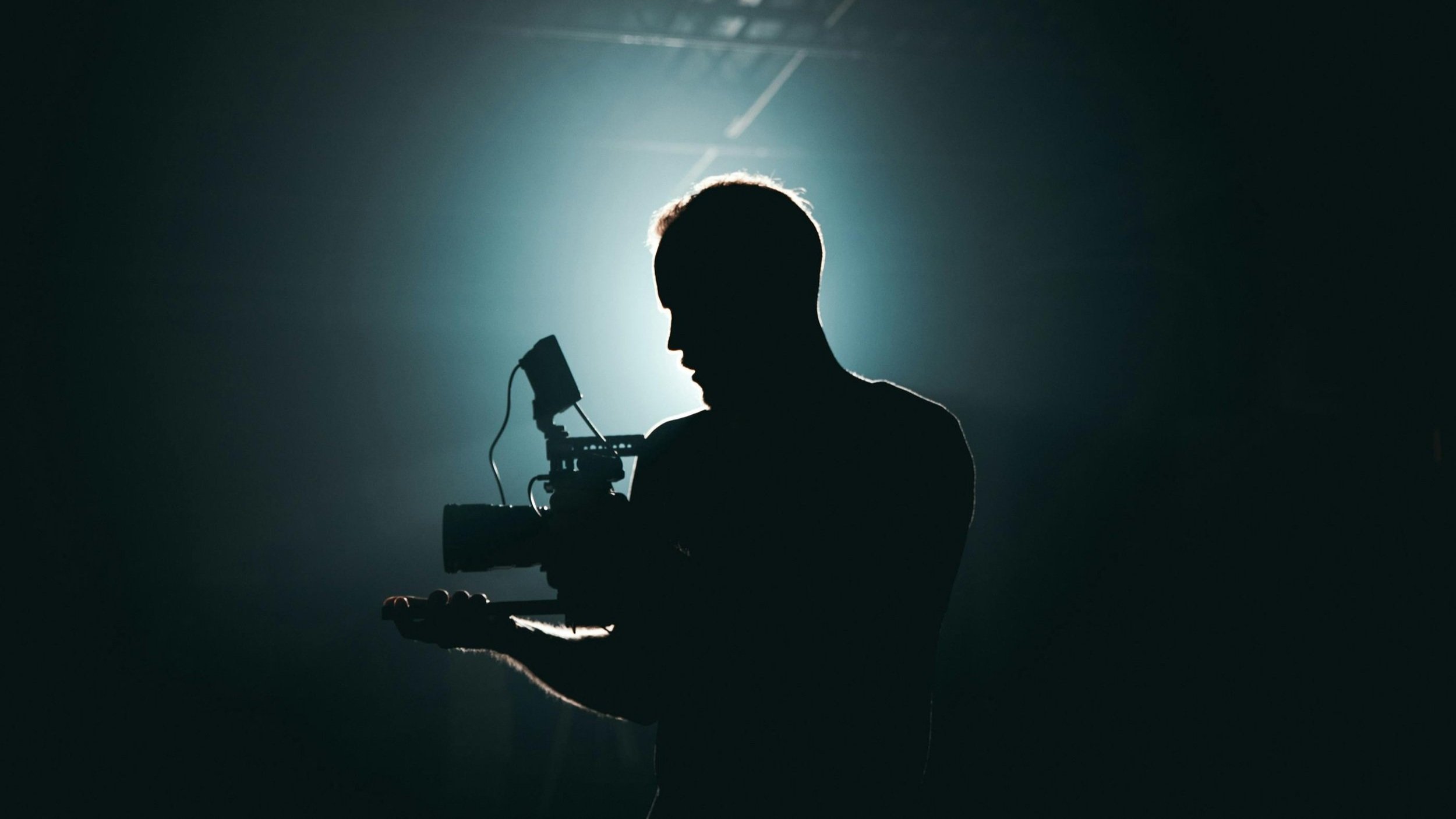
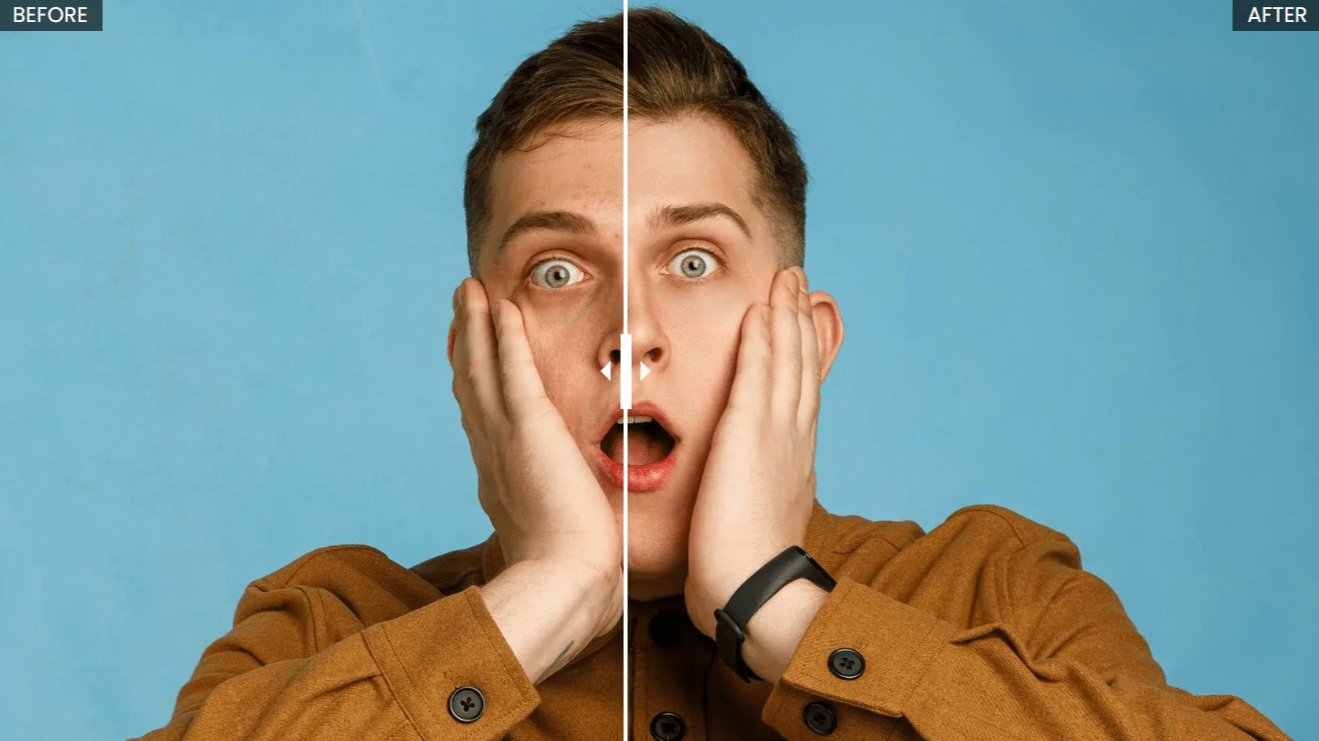
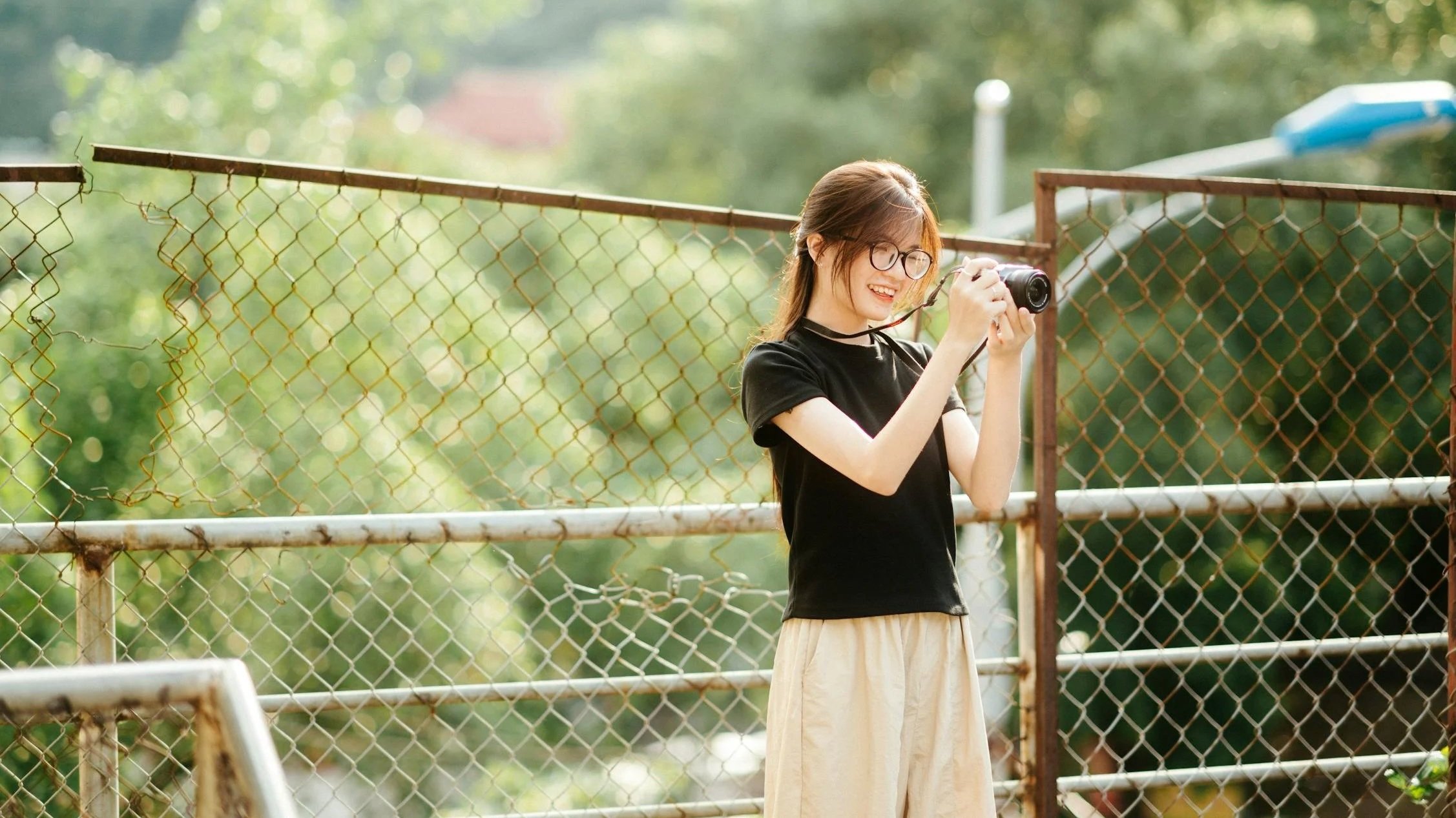
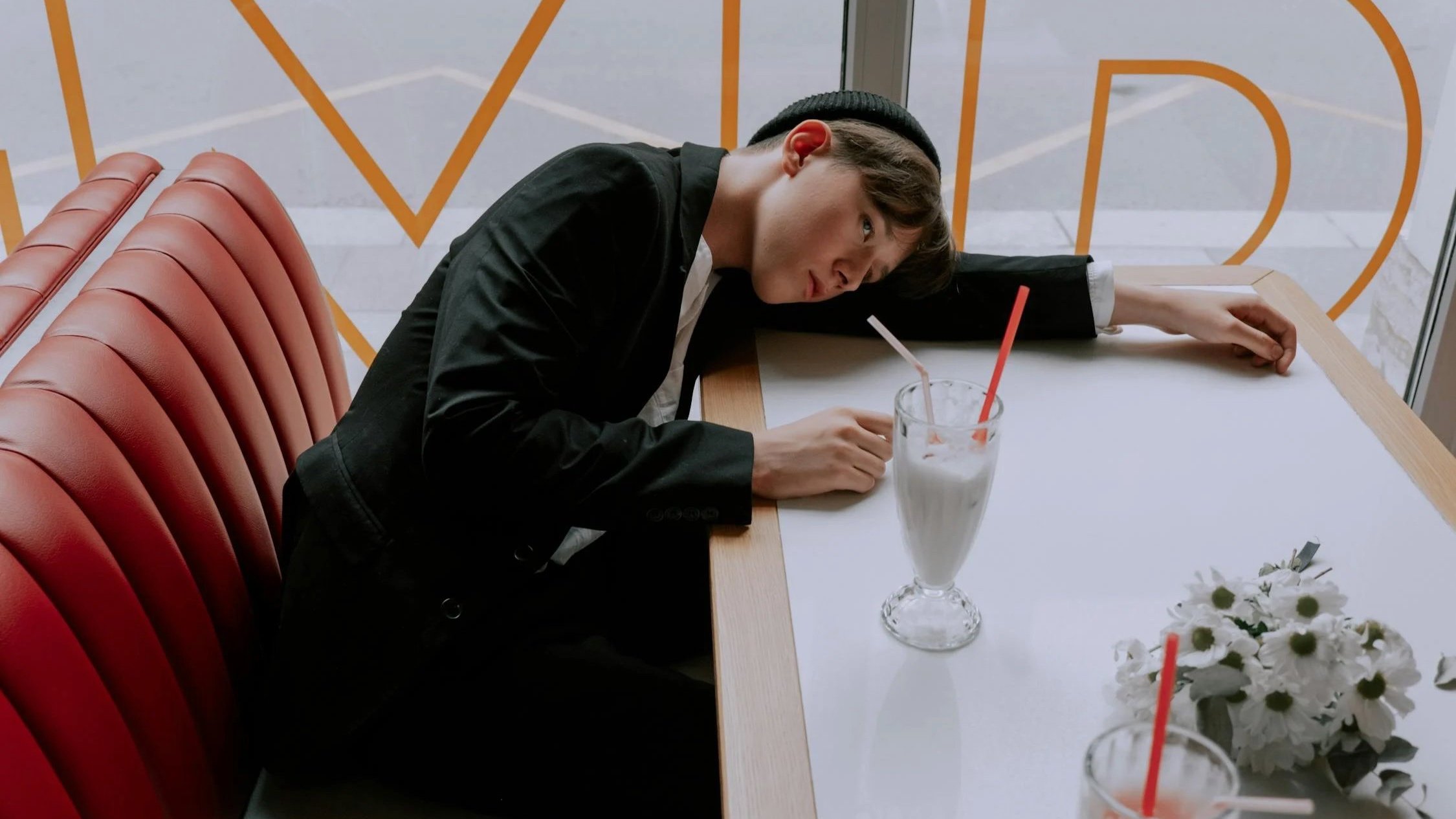
We all know the feeling of standing with your camera raised and pointed, and the slow sink of disappointment as you realize you either missed your shot, or captured a blurred image that’s just an unsatisfying token of what could have been. Wondering how you can avoid this? Advertorial